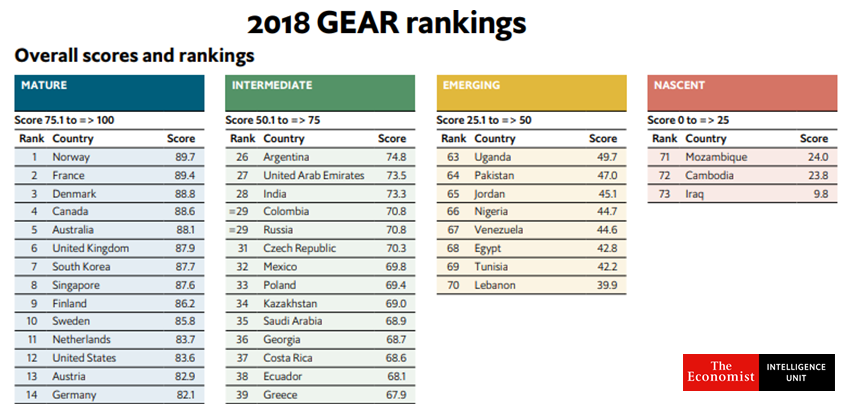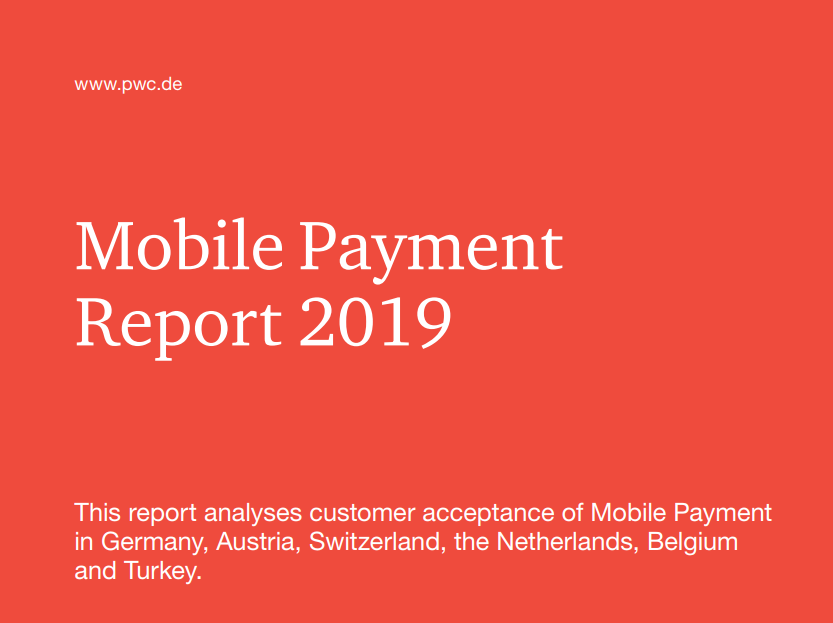The 2018 Government E-Payments Adoption Ranking | The EIU
Digital Payments | Global
The advances in technology and business models based on electronic platforms have enabled many governments to improve the efficiency and scope of their e-payment infrastructure. Submitting a tax return online, swiping an electronic card to pay for a journey or even, perhaps, receiving government health and/or social benefits directly in a bank account are now a way of life in many countries. The ability of governments to extend these services via electronic platforms benefits all parties in the form of reduced costs and increased access.
To understand the growth and evolution of government e-payments adoption, and to understand where countries stand in relation to one another, the Economist Intelligence Unit (EIU) has launched The 2018 Government E-Payments Adoption Ranking (GEAR) which is the third edition of the study, conducted between fall 2017 and spring 2018 to measure the governments’ efforts to enable e-payments adoption. This is approached in two overall dimensions: The first is the availability of government electronic transaction services and the second is the underlying environment of mechanisms that support digitization for all transactions, such as policy and infrastructure.
The report includes four of the Index’s seven pillars examine the availability of certain government payment services—Citizen-to-Government (C2G) e-payments, Government-to-Citizen (G2C), e-payments, Business-to-Government (B2G), and e-payments and Government-to-Business (G2B) e-payments. These measure the availability of e-payment facilities, and not whether they are actually used.

The 2018 Government E-Payments Ranking (2018 GEAR Rankings) – The EUI
Content of the “2018 Global Payments Report“:
- Acknowledgments
- About this study
- Executive summary
- Introduction
- 2018 GEAR rankings
- Category results
- 1. Citizen-to-Government (C2G)
- 2. Government-to-Citizen (G2C)
- 3. Business-to-Government (B2G)
- 4. Government-to-Business (G2B)
- 5. Infrastructure
- 6. Social and economic context
- 7. Policy context
- Conclusion
- Future e-payment trends
- Appendix I: Overall and category rankings
- Appendix II: Country profiles
- Appendix III: Methodology
Number of Pages:
- 155 Pages
Pricing:
- Free







